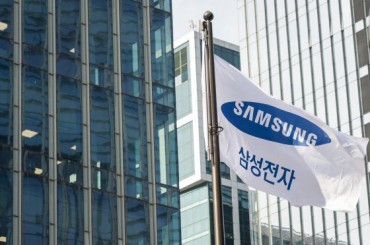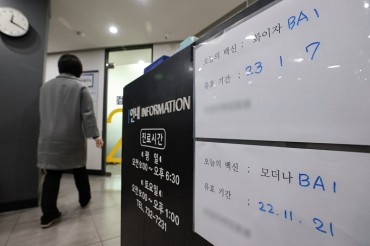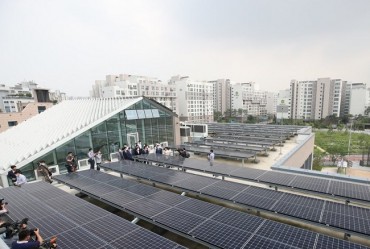
Recent research shows that only 0.8 percent of regular employees at the top 100 listed companies have a chance of reaching executive positions. (Image courtesy of Yonhap)
SEOUL, Nov. 28 (Korea Bizwire) – Recent research shows that only 0.8 percent of regular employees at the top 100 listed companies have a chance of reaching executive positions. The Korea CXO Research Institute states that, based on this year’s revenue, the likelihood of promotion to executive roles for these employees is 0.83 percent, which is similar to the rate from last year at 0.82 percent.
This statistical metric represents the proportion of executives (excluding registered executives) among the entire workforce. In the mid-year report for this year, the total number of employees across the top 100 companies increased by 1.6 percent compared to the same period last year, reaching 846,824 individuals.
The number of unregistered executives also increased by 2.5 percent, rising from 6,894 individuals last year to 7,069 individuals this year.
Statistically, the ratio of executives to general employees is estimated at 119.8 to 1 this year. This means that approximately 120 employees are competing fiercely for a single executive position. The ratio of employees to executives increased from 105.2 in 2011 to 131.7 in 2021, before dropping slightly to 120.9 last year.
For Hyundai, the ratio of employees to executives is 13.4, with a calculated probability of 7.5 percent for an employee to ascend to an executive role, the highest among the top 100 companies. POSCO Holdings also demonstrated a ratio of 15.3 employees per executive (6.5 percent probability).
On the contrary, among companies with more than 10 unregistered executives, KEB Hana Bank had the lowest likelihood of executive promotion. With 916.1 employees per executive, the probability of an ordinary employee rising to an executive position is around 0.1 percent.
Major banks like Kookmin Bank, Hana Bank, Shinhan Bank, and Woori Bank, excluded from this survey due to their status as unlisted companies, reported executive promotion probabilities in the range of 0.1 percent to 0.2 percent.
Among the top 100 companies this year, Samsung Electronics had the highest number of unregistered executives, totaling 1,152. Including five internal directors, Samsung Electronics has a total of 1,157 executives (excluding external directors). For Samsung Electronics, the ratio of employees to unregistered executives increased slightly from 107 last year to 107.7 this year, with an executive promotion probability of around 0.93 percent.
In terms of industries, companies in the securities sector showed a relatively higher chance of employees ascending to executive positions, with an average of one executive for every 37.7 employees this year.
Companies in the trading, petrochemical, insurance, construction, metal and steel, and information and communication industries had executive promotion competition rates lower than 100 to 1.
On the other hand, employees in the distribution sector had a lower chance, with one executive per 259.7 employees on average. The unique characteristics of the retail industry contribute to a lower likelihood for ordinary employees to rise to executive positions compared to other sectors.
Businesses in the aviation and shipping, shipbuilding, automotive, and electrical and electronic industries showed executive promotion competition rates exceeding 100 to 1.
Oh Il-sun, the director of the Korea CXO Research Institute, remarked in response to these findings, “As we approach the end of this year and the beginning of next year, the possibility of promotions to executive positions in large corporations is likely to decrease, intensifying the competition for executive promotions more than ever before.”
“There is a growing trend to recruit top-tier young IT talent for executive roles, diminishing opportunities for employees with over 20 years of experience to ascend to executive positions,” Oh added.
J. S. Shin (js_shin@koreabizwire.com)






